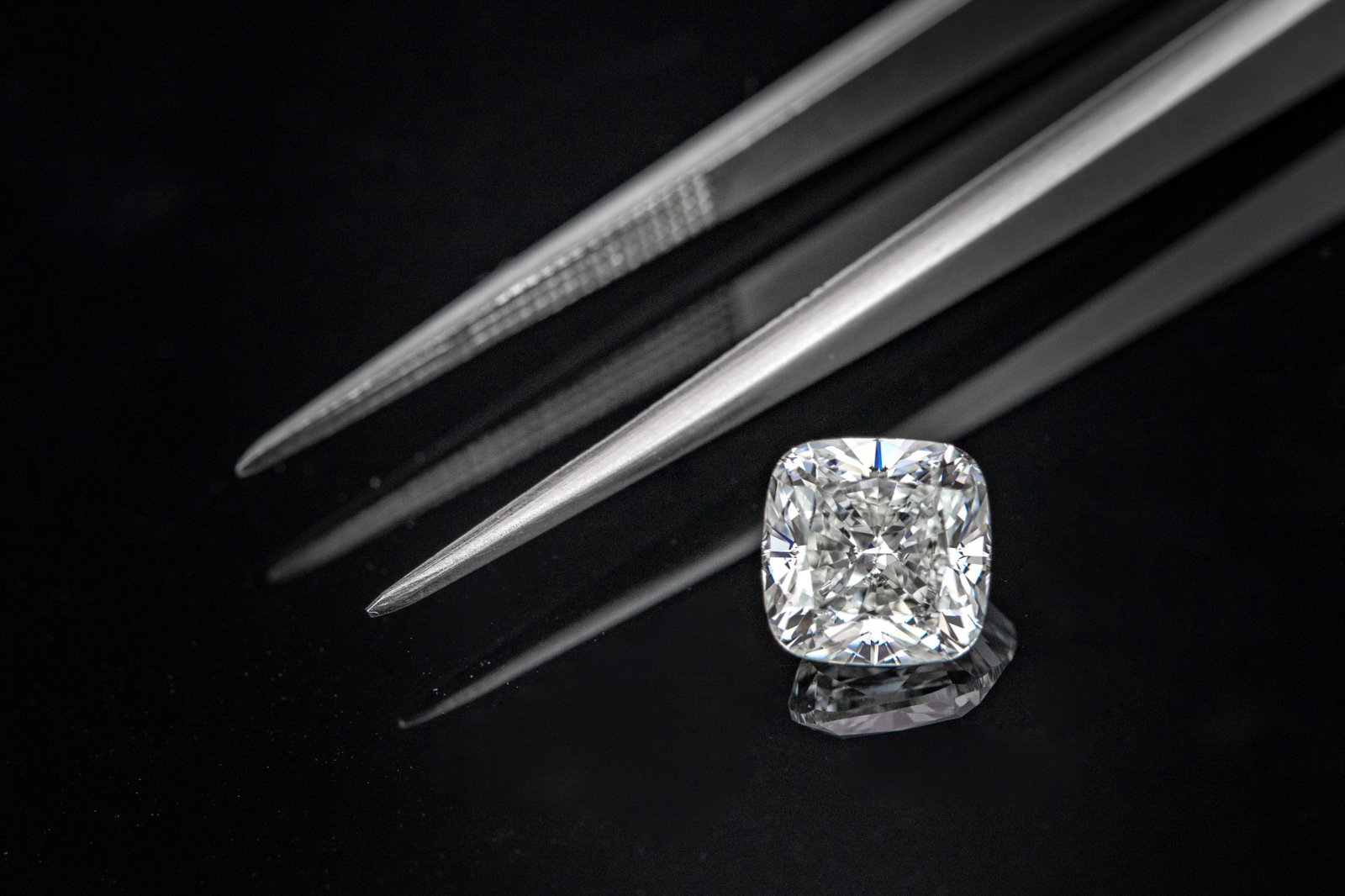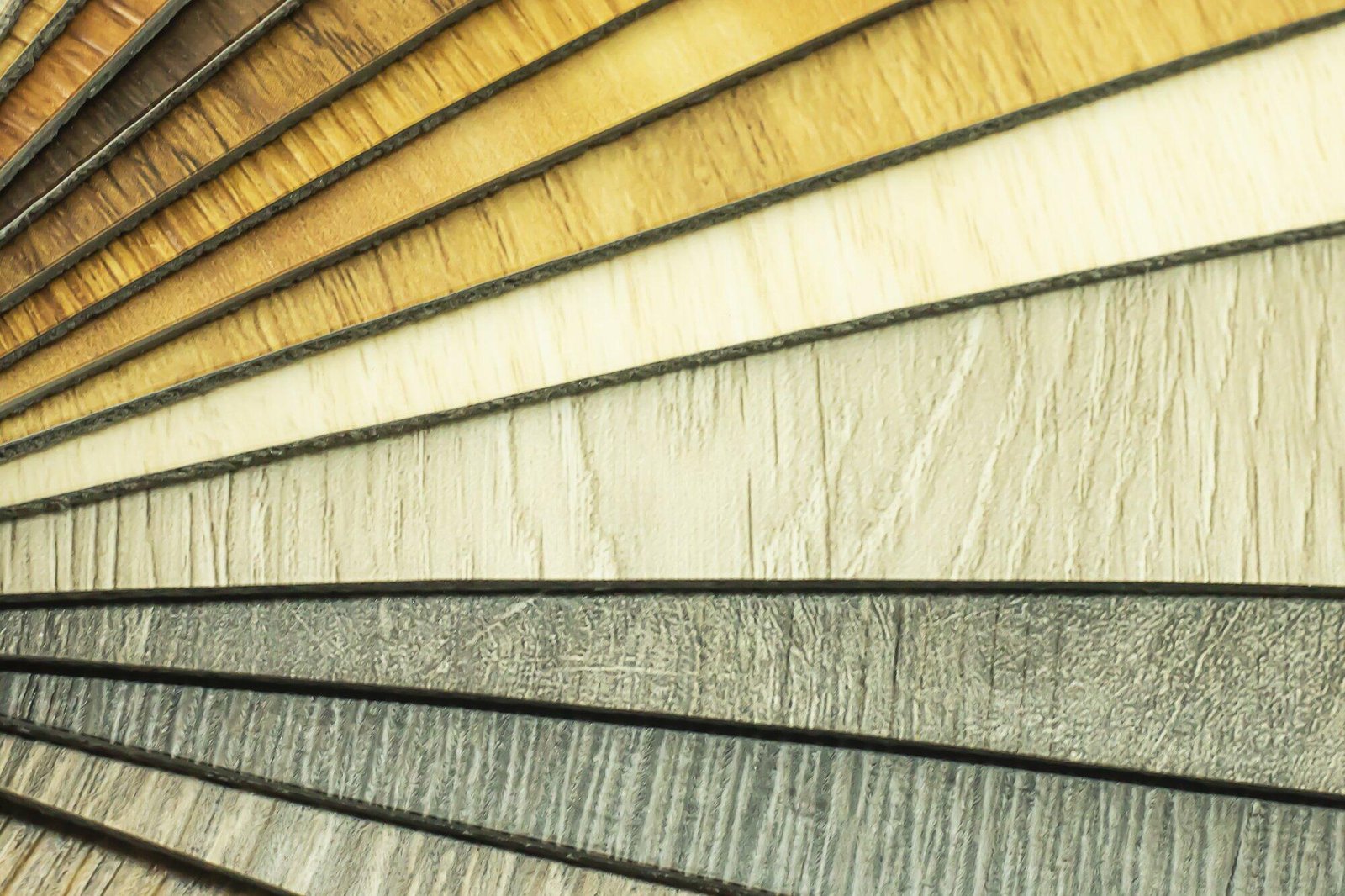
It’s All in the Cut – The Most Important Factor in the Value of a Diamond
Did you know that the world’s most expensive diamond is so valuable that it’s considered priceless? The dazzling Kohinoor diamond originally clocked in at 793 carats but has over the years been cut down and refined to make it sparkle even more.
This raises the important question: how do you determine the value of diamond jewelry and diamonds and why can that method not be applied to the Kohinoor? Keep on reading to learn more about diamond valuation and how the Kohinoor became “too valuable to price” as a result.
Table of Contents
The Four Cs
Diamond valuation revolves around the easily-remembered “4 Cs” of diamond valuation. These stand for color, clarity, carat, and cut.
These 4 Cs further break down into two different types of value-bearing factors: natural and manufactured. A diamond’s carat (a unit of weight for pearls and precious stones, each carat being 200 milligrams), color, and clarity are all determined by the natural forces that created the diamond deep within the ground.
The final C, the cut, refers to its shape as well as to the quality of the visual effect the shape makes. If a diamond’s facets are arranged better, the quality of the desired visual effect will be better.
How the Four Cs Get to the Value of Diamond Jewelry
The process of applying the 4 Cs is quite simple to start with. If a diamond has “more carats”, which means weighs more, it’s more valuable. Similarly, the more unique its color, the higher the value.
Next is clarity, which is governed by how many imperfections (inclusions) the diamond has and how big or visible they are. You get diamonds with slight inclusions, SI diamonds, where the imperfections are only visible with a magnifying loupe.
That is why a diamond cut is so important to its value. If there are slight inclusions but the facets are arranged very well, the overall presentation can still look amazing to the naked eye. You can learn more about SI Diamonds here.
How Jewelers Bring it Together
Jewelers use all 4 Cs to determine the final value of a diamond (relative to other diamonds). However, A heavy diamond with a common coloring and inclusions can end up being the same value as a lighter, flawless diamond with a rare coloring.
That is why many people say that it does, indeed, come down to the quality of the diamond’s cut. Think of it this way: you could mine ten identical diamonds in terms of weight, color, and clarity and yet get ten different values. If each diamond’s cut is different, its value will be different.
If you look at the Kohinoor diamond, it’s much smaller than the Cullinan diamond. But its color and cut are far superior. What gives it its priceless edge, however, is the nearly 300-year-long history behind it.
Learn to Spot the Best Diamonds
Diamond jewelry can be a great gift or investment. If you’re investing, you want to get the best color, clarity, cut, and weight that you could possibly afford.
If you’re just looking for something that looks nice, you can buy SI Diamonds that are heavier for the same price as smaller flawless diamonds and no one would be able to tell without a magnifier. What you really want to make sure of is that you get a great-looking cut.
Did you find this diamond article informative and helpful? Learn about other fashion trends and business tricks (so that you can afford more diamonds) by reading some of our other amazing articles.
Last Updated on March 2, 2023













